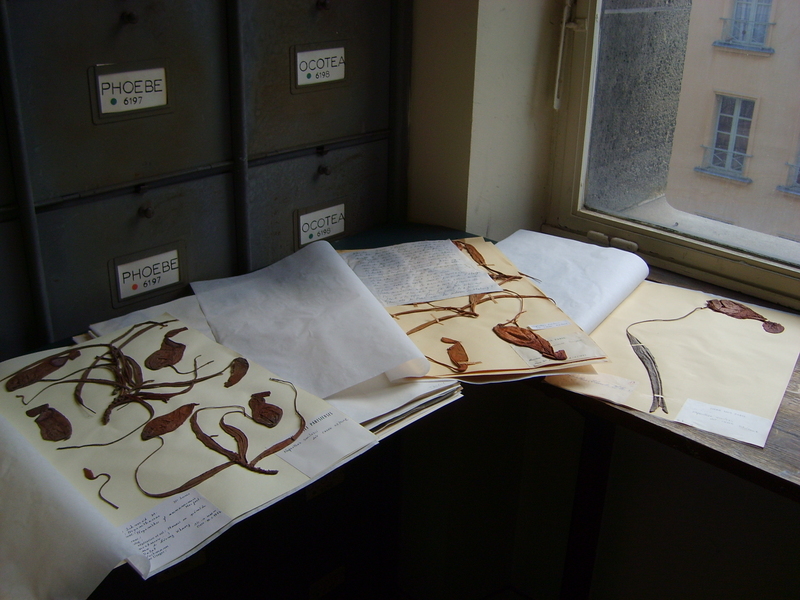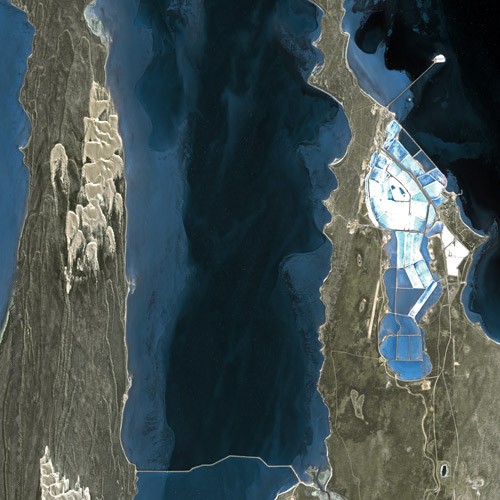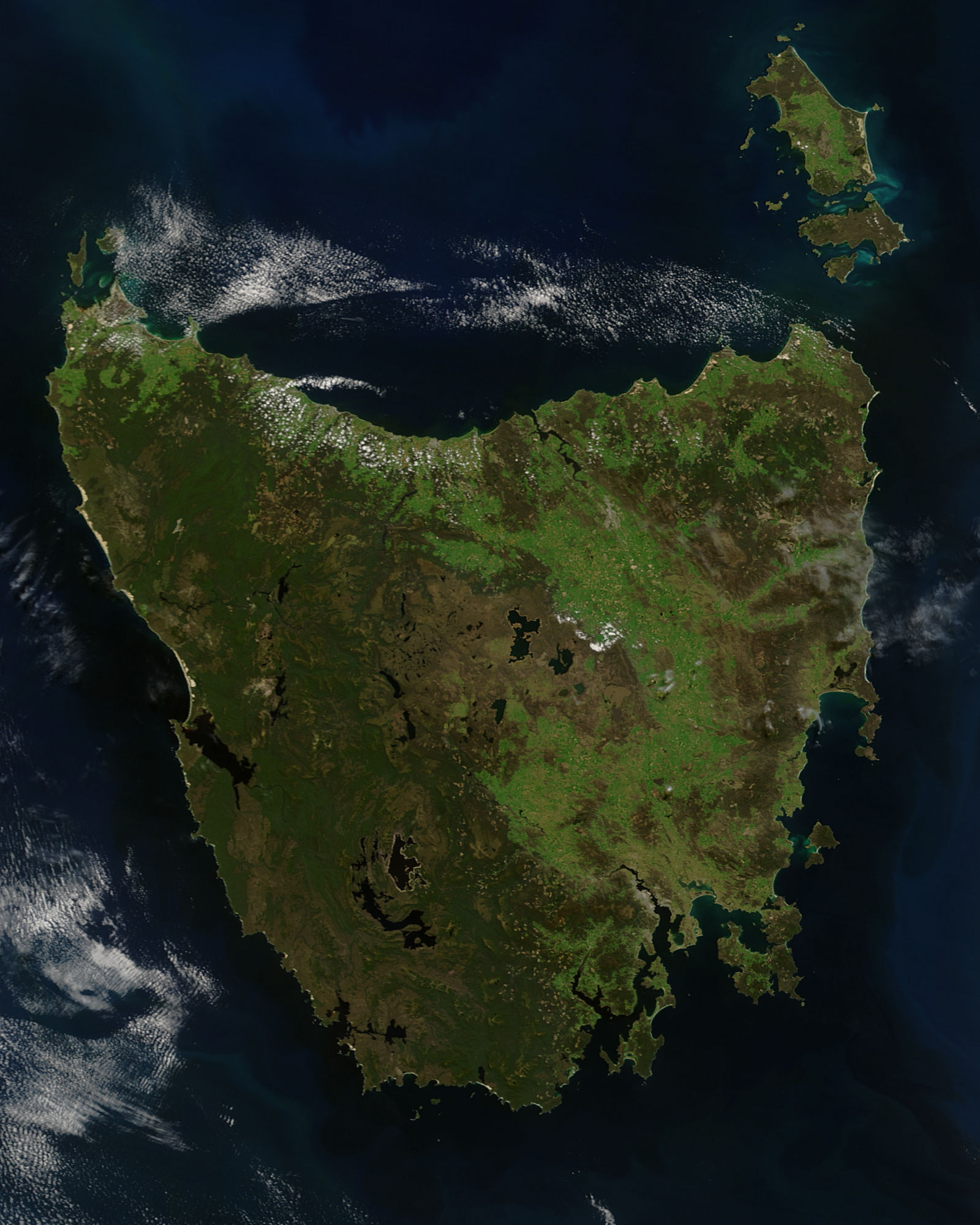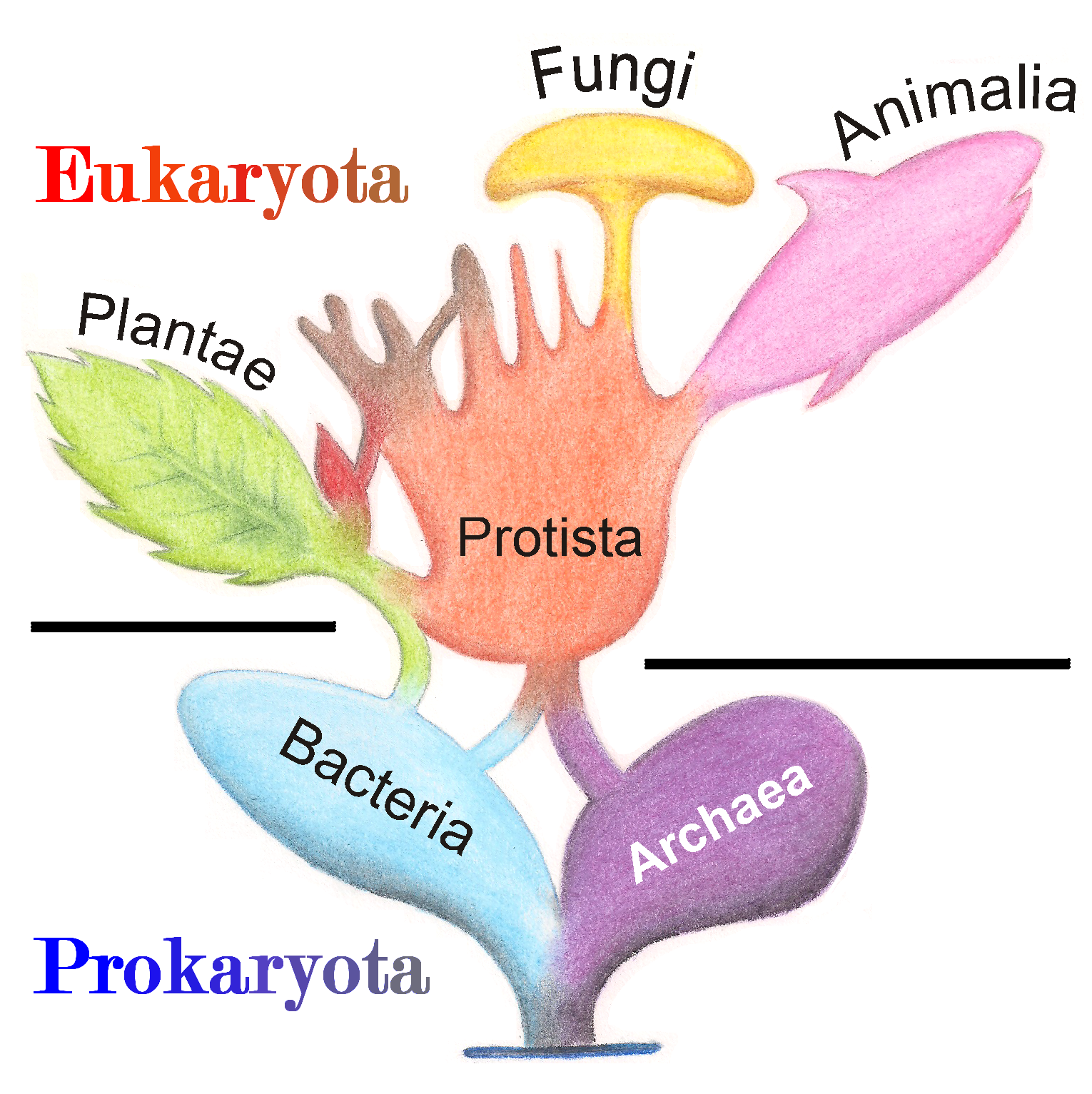|
Codium Duthiae
''Codium duthiae'' is a species of seaweed in the '' Codiaceae'' family. The epilithic green marine alga typically grows to a height of . It has a discoid holdfast with spongy erect fronds on terete branches. It is found on coastal area with light to moderate water movement from the low tide mark to a depth of In Western Australia is found along the coast near Shark Bay Shark Bay (Malgana: ''Gathaagudu'', "two waters") is a World Heritage Site in the Gascoyne region of Western Australia. The http://www.environment.gov.au/heritage/places/world/shark-bay area is located approximately north of Perth, on the ... extending down around the south coast. Its range extends around southern Australia to Victoria and northern Tasmania References {{Taxonbar, from=Q48996988 duthiae Protists described in 1956 Chlorophyta species ... [...More Info...] [...Related Items...] OR: [Wikipedia] [Google] [Baidu] |
Herbarium
A herbarium (plural: herbaria) is a collection of preserved plant specimens and associated data used for scientific study. The specimens may be whole plants or plant parts; these will usually be in dried form mounted on a sheet of paper (called '' exsiccatum'', plur. ''exsiccata'') but, depending upon the material, may also be stored in boxes or kept in alcohol or other preservative. The specimens in a herbarium are often used as reference material in describing plant taxa; some specimens may be types, some may be specimens distributed in series called exsiccatae. The same term is often used in mycology to describe an equivalent collection of preserved fungi, otherwise known as a fungarium. A xylarium is a herbarium specialising in specimens of wood. The term hortorium (as in the Liberty Hyde Bailey Hortorium) has occasionally been applied to a herbarium specialising in preserving material of horticultural origin. History The making of herbaria is an ancient phenome ... [...More Info...] [...Related Items...] OR: [Wikipedia] [Google] [Baidu] |
Paul Silva
Paul Claude Silva (October 31, 1922 – June 12, 2014) was a phycologist, marine biologist, and algal taxonomist considered to be the world's leading expert in the chlorophyte green algal genus '' Codium''. Silva was also an expert in botanical nomenclature and was an editor of the International Code of Botanical Nomenclature's Eighth through Sixteenth International Botanical Congresses. Biography Silva completed his undergraduate degree at the University of Southern California, though his education was interrupted by World War II. He served in the US Navy on the USS Darby, participating in the Battle of Leyte Gulf. He attended Stanford University for his master's degree studying under Gilbert Morgan Smith, and University of California, Berkeley The University of California, Berkeley (UC Berkeley, Berkeley, Cal, or California) is a public land-grant research university in Berkeley, California. Established in 1868 as the University of California, it is the state's firs ... [...More Info...] [...Related Items...] OR: [Wikipedia] [Google] [Baidu] |
Codiaceae
Codiaceae is a family of green algae in the order Bryopsidales. Genera * † '' Abacella'' Maslov * '' Appeninocodium'' O.Dragastan * '' Arabicodium'' G.F.Elliott * '' Bevocastria'' E.J.Garwood * '' Botryella'' V.P.Shuysky * '' Boueina'' F.Toula * '' Codium'' Stackhouse * '' Garwoodia'' Alan Wood * '' Geppella'' Børgesen * '' Hedstroemia'' A.Rothpletz * '' Ivanovia'' Khvorova * '' Johnsonicodium'' O.Dragastan * '' Neoanchicodium'' R.Endô * '' Scotlandella'' O.Dragastan * '' Succodium'' Konishi * '' Tethysicodium'' O.Dragastan Synonyms: * ''Acanthocodium ''Codium'' is a genus of seaweed in the Chlorophyta of the order Bryopsidales. Paul Silva was an expert on the genus ''Codium'' taxonomy at the University of California, Berkeley. There are about 50 species worldwide. Description The genu ...'' * '' Agardhia'' A.Cabrera, 1823, nom. illeg., currently regarded as a synonym of Codium. * '' Lamarckia'' Olivi, 1792, nom. rejic., currently regarded as a sy ... [...More Info...] [...Related Items...] OR: [Wikipedia] [Google] [Baidu] |
Holdfast (biology)
A holdfast is a root-like structure that anchors aquatic sessile organisms, such as seaweed, other sessile algae, stalked crinoids, benthic cnidarians, and sponges, to the substrate. Holdfasts vary in shape and form depending on both the species and the substrate type. The holdfasts of organisms that live in muddy substrates often have complex tangles of root-like growths. These projections are called haptera and similar structures of the same name are found on lichens. The holdfasts of organisms that live in sandy substrates are bulb-like and very flexible, such as those of sea pens, thus permitting the organism to pull the entire body into the substrate when the holdfast is contracted. The holdfasts of organisms that live on smooth surfaces (such as the surface of a boulder) have flattened bases which adhere to the surface. The organism derives no nutrition from this intimate contact with the substrate, as the process of liberating nutrients from the substrate requir ... [...More Info...] [...Related Items...] OR: [Wikipedia] [Google] [Baidu] |
Shark Bay
Shark Bay ( Malgana: ''Gathaagudu'', "two waters") is a World Heritage Site in the Gascoyne region of Western Australia. The http://www.environment.gov.au/heritage/places/world/shark-bay area is located approximately north of Perth, on the westernmost point of the Australian continent. UNESCO's official listing of Shark Bay as a World Heritage Site reads: : History The record of Australian Aboriginal occupation of Shark Bay extends to years BP. At that time most of the area was dry land, rising sea levels flooding Shark Bay between BP and BP. A considerable number of aboriginal midden sites have been found, especially on Peron Peninsula and Dirk Hartog Island which provide evidence of some of the foods gathered from the waters and nearby land areas. An expedition led by Dirk Hartog happened upon the area in 1616, becoming the second group of Europeans known to have visited Australia. (The crew of the '' Duyfken'', under Willem Janszoon, had visited Cape York in 1606 ... [...More Info...] [...Related Items...] OR: [Wikipedia] [Google] [Baidu] |
Victoria (Australia)
Victoria is a state in southeastern Australia. It is the second-smallest state with a land area of , the second most populated state (after New South Wales) with a population of over 6.5 million, and the most densely populated state in Australia (28 per km2). Victoria is bordered by New South Wales to the north and South Australia to the west, and is bounded by the Bass Strait to the south (with the exception of a small land border with Tasmania located along Boundary Islet), the Great Australian Bight portion of the Southern Ocean to the southwest, and the Tasman Sea (a marginal sea of the South Pacific Ocean) to the southeast. The state encompasses a range of climates and geographical features from its temperate coastal and central regions to the Victorian Alps in the northeast and the semi-arid north-west. The majority of the Victorian population is concentrated in the central-south area surrounding Port Phillip Bay, and in particular within the metr ... [...More Info...] [...Related Items...] OR: [Wikipedia] [Google] [Baidu] |
Tasmania
) , nickname = , image_map = Tasmania in Australia.svg , map_caption = Location of Tasmania in AustraliaCoordinates: , subdivision_type = Country , subdivision_name = Australia , established_title = Before federation , established_date = Colony of Tasmania , established_title2 = Federation , established_date2 = 1 January 1901 , named_for = Abel Tasman , demonym = , capital = Hobart , largest_city = capital , coordinates = , admin_center = 29 local government areas , admin_center_type = Administration , leader_title1 = Monarch , leader_name1 = Charles III , leader_title2 = Governor , leader_n ... [...More Info...] [...Related Items...] OR: [Wikipedia] [Google] [Baidu] |
Codium
''Codium'' is a genus of seaweed in the Chlorophyta of the order Bryopsidales. Paul Silva was an expert on the genus ''Codium'' taxonomy at the University of California, Berkeley. There are about 50 species worldwide. Description The genus has thalli of two forms, either erect or prostrate. The erect plants are dichotomously branched to long with branches forming a compact spongy structure, not calcareous. The final branches form a surface layer of close palisade cortex of utricles. The non-erect species form either a prostrate or globular thallus with a velvet-like surface, the final branches forming a close cortex of utricles. Distribution Ireland Two of these species are very rare in Ireland. ''Codium adhaerens'' has been recorded from a few sites on the west coast and from Tory Island on the north coast in County Donegal. In 1837 it was found in Church Bay in County Antrim,Morton,O. 1994. ''Marine Algae of Northern Ireland.'' Ulster Museum. but has not been f ... [...More Info...] [...Related Items...] OR: [Wikipedia] [Google] [Baidu] |
Protists Described In 1956
A protist () is any eukaryotic organism (that is, an organism whose cells contain a cell nucleus) that is not an animal, plant, or fungus. While it is likely that protists share a common ancestor (the last eukaryotic common ancestor), the exclusion of other eukaryotes means that protists do not form a natural group, or clade. Therefore, some protists may be more closely related to animals, plants, or fungi than they are to other protists. However, like the groups ''algae'', '' invertebrates'', and ''protozoans'', the biological category ''protist'' is used for convenience. Others classify any unicellular eukaryotic microorganism as a protist. The study of protists is termed protistology. History The classification of a third kingdom separate from animals and plants was first proposed by John Hogg in 1860 as the kingdom Protoctista; in 1866 Ernst Haeckel also proposed a third kingdom Protista as "the kingdom of primitive forms". Originally these also included prokaryo ... [...More Info...] [...Related Items...] OR: [Wikipedia] [Google] [Baidu] |


_holdfast.jpg)




